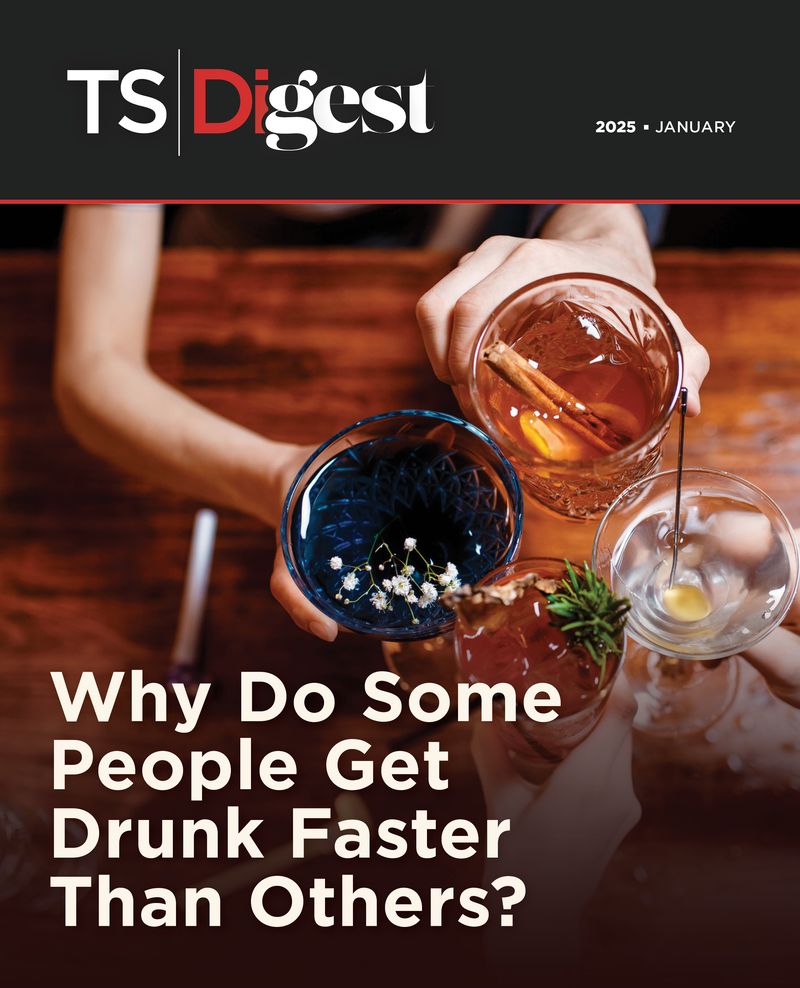Have you ever pondered why some adults over the age of 50 seem to get drunk faster than their younger counterparts? It’s a curious inquiry that invites exploration into the complexities of human biology and lifestyle choices. As life progresses, the body undergoes myriad changes that can alter how alcohol is metabolized. Understanding this phenomenon not only reveals the science behind it but also poses an intriguing challenge for social gatherings and health considerations.
One of the pivotal factors contributing to this disparity is the age-related decline in liver function. The liver plays an essential role in metabolizing alcohol, with enzymes such as alcohol dehydrogenase (ADH) breaking down ethanol into its less harmful components. As individuals age, liver mass can decrease, and the efficiency in processing substances diminishes. Consequently, older adults may find that even small amounts of alcohol can lead to heightened intoxication.
Additionally, body composition changes significantly with age. Adults over 50 often experience a reduction in muscle mass coupled with an increase in body fat. Since alcohol is water-soluble but not fat-soluble, those with higher fat content and lower water composition may find their blood alcohol concentration (BAC) spikes more dramatically after drinking. Hence, a moderate pour could yield surprisingly potent results.
Another aspect worth mentioning is the variation in tolerance levels. Younger individuals typically enjoy a higher baseline of alcohol tolerance, often cultivated through frequent social drinking or lifestyle habits. In contrast, older adults may not indulge as often, leading to lower tolerance. This notion presents a playful challenge: should older adults adapt their drinking habits? Perhaps they should embrace moderation or enhance their awareness of personal limits.
Moreover, medications frequently prescribed to older adults can interact with alcohol, intensifying its effects. From blood thinners to antidepressants, the potential for adverse reactions is an important consideration. The concoction of pharmaceutical agents and alcohol can create a precarious situation, resulting in compromised judgment and physical coordination.
Lastly, social dynamics further complicate drinking scenarios for adults over 50. Social pressures might encourage participation in drinking festivities, even if the biological capacity to handle alcohol has diminished. Navigating these situations prudently requires self-awareness and communication among peers, ensuring a balance between enjoyment and health safety.
In conclusion, the interplay of biological, physiological, and social factors culminates in the reality that adults over 50 may indeed experience intoxication more rapidly than their younger peers. This reality compels a thoughtful consideration of drinking habits, tolerance, and overall health as one navigates the intricate landscape of social drinking in later life. Perhaps it’s time for this demographic to reassess their libation choices – in favor of both enjoyment and well-being.
